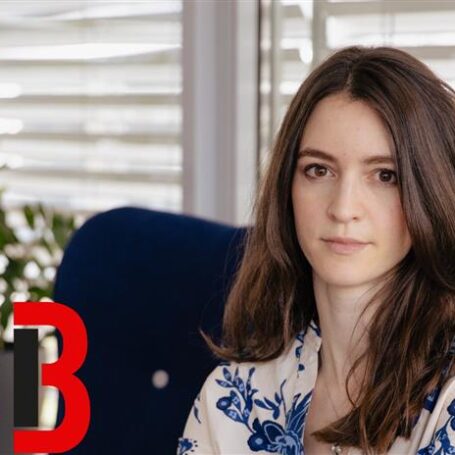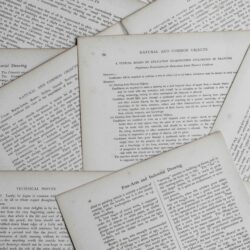Census and Society: why everyone counts
2011 has been the year of the population survey. The UK saw its most detailed census to date. Understanding Society, a huge panel survey encompassing 40,000 households, published its first findings. In March, the Department of Business Innovation and Skills announced nearly £30 million funding for a new birth cohort study on the health, development and social conditions of 90,000 children. Also in March, study members of the National Survey of Health and Development, the first national cohort study in the UK, celebrated their 65th birthdays.
At The British Library, we decided to use an exhibition about the census to demonstrate the value of research on population. Census and Society describes the story of the census in the UK over the past 200 years, what influenced its development, and what it tells us about changes in health, families, households, employment and migration. Visitors to our exhibition will see how the census has been interpreted, used, critiqued, and subverted over its long history.
The census is the only survey that attempts to cover the whole population, which means that the data gathered are accurate down to local areas and small populations. One item in the exhibition that shows this clearly is a map of housing density in London, based on information from the 1931 census. The map was produced as part of the New Survey of London Life and Labour, carried out at the London School of Economics. By using data at the enumeration district level (the smallest available), the map shows a complex picture of inequality across London boroughs, much of which would have been obscured had the data been available at borough-level only.
Many important studies have used census and population data alongside other research. John Snow used data on mortality from the newly-formed Registrar General’s Office, alongside his own maps of water supply in south London, to support his theories on the spread of cholera in London during the 1854 epidemic. His research is now seen as an early and influential contribution to the development of epidemiology, and a copy of his map of south London is on display in our exhibition. We also include current research from the Medical Research Council’s HALCyon (Healthy Ageing Across the Life Course) project, which is comparing socio-economic data from the 1951 census with more recent data collected by the National Survey of Health and Development. Combining the data makes it possible for the first time to examine the impacts of social and economic conditions during childhood on health in later life.
Our events programme, to accompany the exhibition, has been a great opportunity to discuss further the use, value, and public perceptions of population data gathering. Working with census.ac.uk at the Economic and Social Data Service, we held a study day on census resources for new researchers. Also with census.ac.uk, and alongside the Academy of Social Sciences and Longview, we organised a day to examine longitudinal studies and their role in policy development. Both days allowed discussion of new projects and new ways of using data, and also of challenges ahead.
The immense value of census data to research is clear, but there remain tensions between the complexity of the data and researcher expectations for information in a highly customisable way. Research using longitudinal studies has shown the importance of having data that can track individuals over long periods. Research on birth cohort studies has demonstrated clearly the impact of early years development on later educational achievement and well-being – findings that give a very clear message for those working in policy. All these studies require the development of skills to manipulate the data and understand the results. The combination of health and biological data alongside social, economic and geographic information also points to the increasing role of interdisciplinary working to understand population change and the influences on the decisions that we make throughout our lives.
Putting the exhibition together, and working on the events programme, has been an enjoyable and immensely interesting experience. The Library’s collections are rich in research and analysis, but also provided some surprising material, such as a sermon and a play about the census, poetry, songs and a rap. Our events brought in people new to the Library, and helped to demonstrate the extremely varied range of current research using population data.
Census and Society: why everyone counts is a free exhibition at The British Library. It will run until Sunday 19 June 2011.
Ian Cooke is Lead Content Specialist – International and Political Studies, at the British Library in London.





















































































There are many benefits to the census, especially for researchers, yet i’m more interested in the author’s thoughts about the negatives of the census, if any?
There are limitations to the effectiveness of the census, some of which we discussed in the exhibition. Probably the most obvious is that the length of time between censuses means that the information starts to get dated (from a planning point of view) in the years immediately before the next census. It’s an expensive exercise, so there have to be decisions about what to leave out. The discussion over the question on religion in the UK 2011 census does also emphasise the need for caution in interpreting the results relating to single questions (in this case, where people’s interpretation of… Read more »